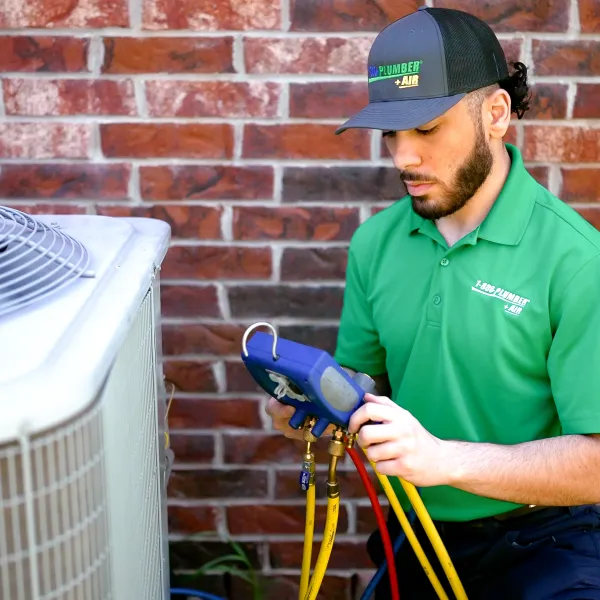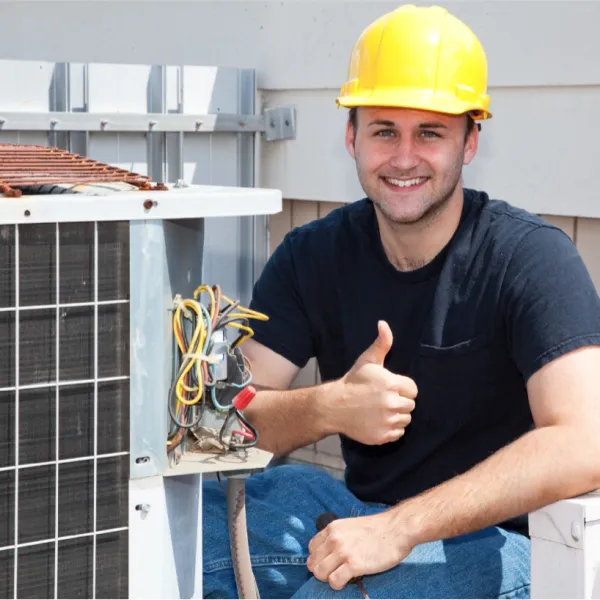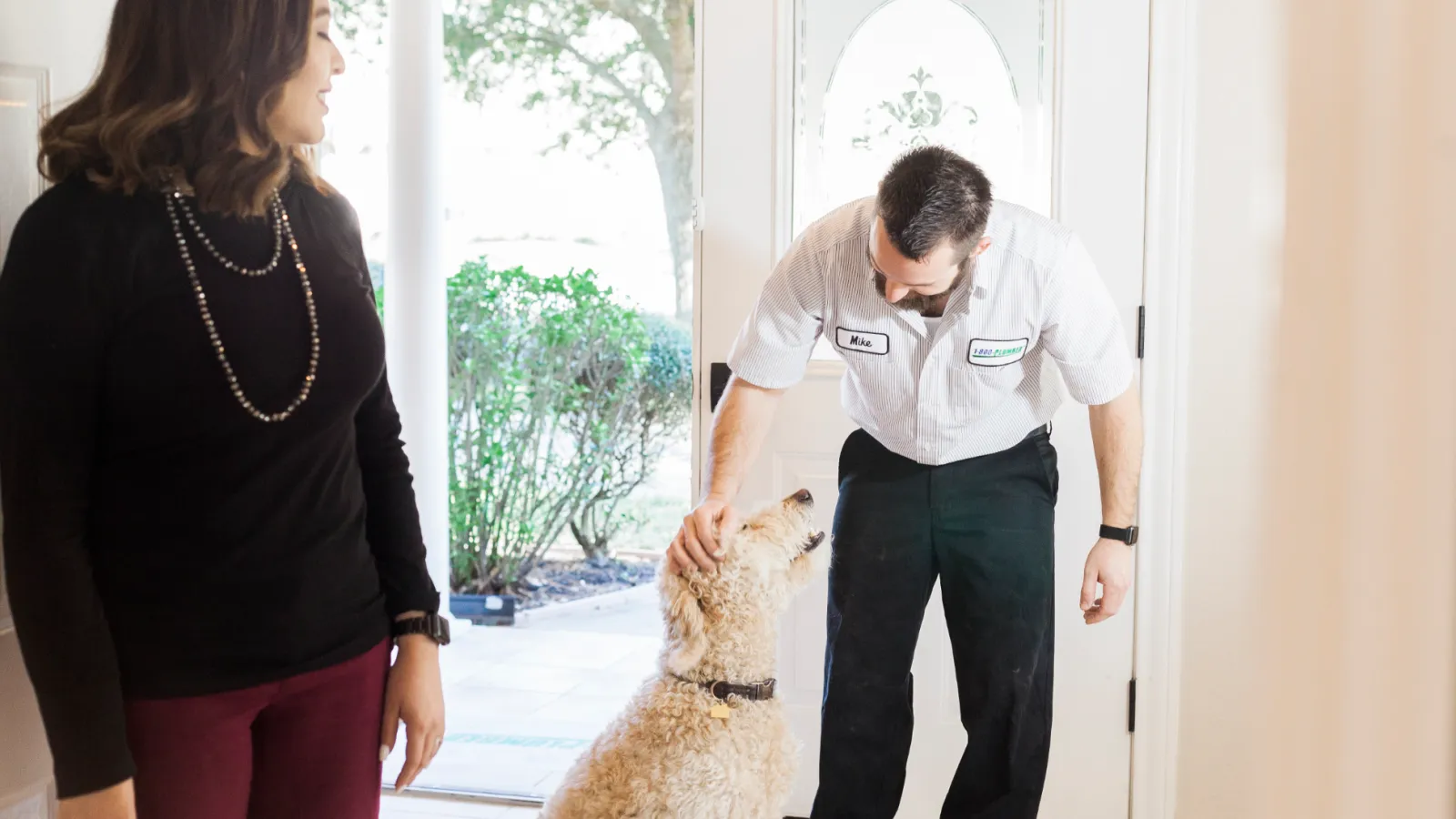Professional AC Maintenance Checklist
Scheduling a check-up or tune-up for your air conditioner is an important part of maintenance. You should also know which services to expect your technician to perform when they arrive.
Here's a checklist of common processes and procedures that HVAC professionals will perform during a maintenance call.
Clean Outdoor Coils and Indoor Units
Your technician will inspect and clean the coils on your AC unit.
Condenser coils consist of refrigerant lines and the surrounding fins that outline the cabinet of your outdoor unit. The evaporator is the indoor counterpart to your outdoor unit and has its own coil.
Any dirt or debris on the coils will reduce efficiency and stress your air conditioning system's mechanical parts.
Check Refrigerant Level
Your AC's refrigerant level must meet the manufacturer's specifications. Having too much or too little refrigerant may cause issues with your system's moving parts, including the condenser and compressor.
An incorrect amount of refrigerant will make your compressor work too hard, which will reduce the system's efficiency and longevity.
Run a General System Test
Your HVAC technician will turn on your AC system to check certain operating functions, such as the starting cycle and shut-off switch. They will also check for unusual odors or noises and measure the system pressures and temperatures as needed.
Inspect Drain Pans and Condensate Drains
Next, inspect the drain pans and condensate drains to ensure that your condensate drain line is clear. If this line becomes clogged, it can cause water leaks as well as other moisture problems.
Call your technician to check and clear this drain line if you don't want water, bacteria, and mold in and around your AC unit. If you have a crack in your drain pan, this can also cause a leak. Your technician can repair or replace any leaking drain pans that they may discover.
Check Outdoor Fan Motor and Indoor Blower Assembly
The outdoor unit has a fan that pulls air through its coil fins, while the indoor blower is the fan unit on your furnace. If your blower is older, your technician will inspect and adjust or replace as needed.
Also, make sure your outdoor unit isn't blocked by weeds, high-grasses, or other lawn and garden features. If the unit cannot pull enough outside air into the system, it won't be able to cool and circulate air inside of your house. It's unnecessary to cover your condenser in the winter to protect it from the elements—they are designed to be outside.
Check Compressor and Tubing
If your unit's refrigerant tubing is leaking or blocked, it won't deliver enough coolant to the compressor. This lack of coolant will cause the compressor to work harder, which will cause compressor failure.
Lubricate Moving Parts
Your technician will lubricate moving parts if required. Older units will often include ports on fan motors, compressors, and other parts. These ports are designed for adding lubrication.
Newer units don't always have these ports because they don't need lubrication.
Inspect Electrical Wiring and Connections
All electrical wiring, hookups, and connections should be checked for wear and tear, damage, and soundness. Taking the time to check and tighten each of these connections will extend the lifespan of your AC system.
Inspect Air Filters
A clogged air filter will restrict airflow to the AC unit, which will cause the motor to run without producing results.
Air filters should be cleaned and replaced as necessary. New filters need to be inspected once a month. This is essential, as using clean filters can reduce your AC costs by as much as 15%!
A dirty air filter will destroy your AC unit's energy-efficiency if it doesn't cause your evaporator to ice over first. If you don't trust yourself to change your air filter each month, consider installing a permanent filter that you will clean each year.
Check Ductwork for Leaks
While a ductwork inspection may not be included in a standard maintenance call, ductwork air leakage is one of the main inefficiency drivers in a forced-air conditioning system.
It's smart to have a technician check your ductwork, ensuring that it is sealed and insulated in the right areas.
Double-Check the Thermostat
Finally, when you're using your air conditioner, don't forget to make sure it's in cooling mode! Setting the dial below room temperature is not enough to activate the AC unit if it's still set to heat mode.
Programmable thermostats are handy because you can customize your settings for various times throughout the day.




